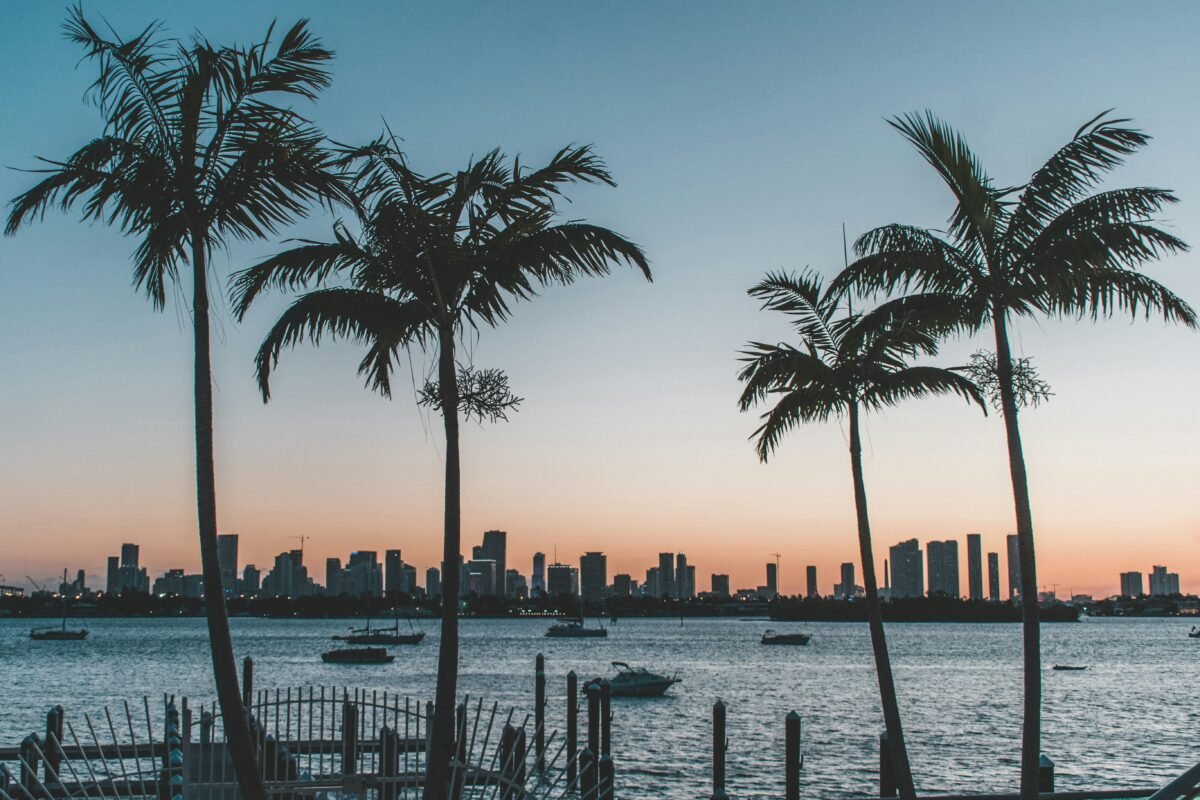Arizona, California, Camping Cookout Recipes Series, Camping Journal, Family Vacation Journal, Florida, Hiking Journal, Meet The Designer, Miami, National Park Journal, New York, Road Trip Journal, Texas, United States, Yellowstone National Park
Best Times to Visit Florida’s National Parks
Overview
Florida is home to several spectacular national parks, each with unique landscapes, wildlife, and historical significance. These parks offer a wide range of activities, from hiking and camping to snorkeling and birdwatching. Here’s a detailed guide on the best times to visit these parks, along with tips on how to get there, what to wear, and where to stay.
Everglades National Park
History and Overview: Everglades National Park, established in 1947, protects the southern 20 percent of the original Everglades. It is a UNESCO World Heritage Site and an International Biosphere Reserve, renowned for its diverse ecosystems and wildlife, including alligators, manatees, and the elusive Florida panther.
Best Time to Visit: December to April
- Dry Season: Pleasant temperatures, lower humidity, and fewer mosquitoes.
- Wildlife Viewing: Animals congregate around water sources, making it easier to spot alligators, birds, and other wildlife.
How to Get There: Everglades National Park is accessible via three main entrances: Shark Valley, Gulf Coast, and the Ernest F. Coe Visitor Center. The closest major airports are Miami International Airport and Fort Lauderdale-Hollywood International Airport.
Cost: The entrance fee is $30 per vehicle, $25 per motorcycle, and $15 per pedestrian or cyclist, valid for seven consecutive days.
Clothing: Wear lightweight, breathable clothing, a hat, and sturdy walking shoes. Long sleeves and pants are recommended to protect against mosquitoes.
Hiking Trails:
- Anhinga Trail: A short, accessible trail great for spotting wildlife.
- Gumbo Limbo Trail: A shaded walk through a tropical hardwood hammock.
- Pa-hay-okee Overlook: Offers stunning views of the park’s vast sawgrass marshes.
Camping and Lodging:
- Camping: Long Pine Key Campground and Flamingo Campground offer both drive-in and walk-in sites.
- Lodging: Nearby cities like Homestead and Florida City offer various hotel options.
Biscayne National Park
History and Overview: Established in 1980, Biscayne National Park preserves Biscayne Bay and its offshore barrier reefs. The park is famous for its clear waters, vibrant coral reefs, and rich marine life, making it a paradise for snorkelers and divers.
Best Time to Visit: November to April
- Mild Weather: Cooler temperatures and calm seas, ideal for boating, snorkeling, and diving.
- Clear Water: Visibility is at its best, offering fantastic underwater experiences.
How to Get There: The park is accessible by boat. The Dante Fascell Visitor Center is located in Homestead, Florida. Miami International Airport is the closest major airport.
Cost: There is no entrance fee, but fees apply for camping and certain tours.
Clothing: Light, comfortable clothing, swimwear, a hat, and sturdy water shoes or sandals. Don’t forget sunscreen and sunglasses.
Hiking Trails:
- Boca Chita Key: Offers short trails with scenic views and a historic lighthouse.
- Elliott Key: Features longer trails through tropical hardwood hammocks.
Camping and Lodging:
- Camping: Available on Boca Chita Key and Elliott Key. Permits are required.
- Lodging: The nearest hotels are in Homestead and Miami.
Dry Tortugas National Park
History and Overview: Dry Tortugas National Park, established in 1992, encompasses seven islands and Fort Jefferson, a massive 19th-century coastal fortress. The park is known for its crystal-clear waters, coral reefs, and abundant marine life.
Best Time to Visit: October to April
- Mild Temperatures: Comfortable for exploring Fort Jefferson and enjoying water activities.
- Less Crowded: Off-peak season means fewer visitors and more serene experiences.
How to Get There: Accessible by boat or seaplane from Key West. The Yankee Freedom III ferry is a popular option.
Cost: Entrance fee is $15 per person, valid for seven days. Additional fees apply for camping and transportation.
Clothing: Light, breathable clothing, swimwear, a hat, and water shoes. Sunscreen and sunglasses are essential.
Hiking Trails:
- Garden Key: Offers trails around Fort Jefferson and along the beach.
- Bush Key: Accessible seasonally, great for birdwatching.
Camping and Lodging:
- Camping: Primitive camping is available on Garden Key. Permits are required.
- Lodging: The nearest accommodations are in Key West.
Canaveral National Seashore
History and Overview: Canaveral National Seashore, established in 1975, protects the longest stretch of undeveloped Atlantic coastline in Florida. The park is a sanctuary for various wildlife species, including sea turtles and migratory birds.
Best Time to Visit: October to April
- Cooler Weather: Ideal for beach activities, hiking, and wildlife viewing.
- Sea Turtle Nesting Season: May to October, but early mornings and evenings offer a chance to see hatchlings.
How to Get There: Canaveral National Seashore is accessible via New Smyrna Beach and Titusville. The closest major airports are Orlando International Airport and Daytona Beach International Airport.
Cost: The entrance fee is $20 per vehicle, $15 per motorcycle, and $10 per pedestrian or cyclist, valid for seven consecutive days.
Clothing: Wear comfortable beachwear, a hat, and sandals. Long sleeves and pants can help protect against the sun and insects.
Hiking Trails:
- Turtle Mound Trail: A short, elevated boardwalk trail with historical significance and great views.
- Eldora Hammock Trail: A nature trail through a hardwood hammock.
Camping and Lodging:
- Camping: Apollo Beach and Playalinda Beach offer primitive camping.
- Lodging: Nearby towns like New Smyrna Beach and Titusville offer various hotel options.

